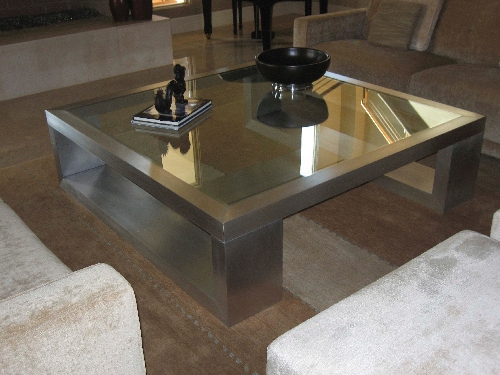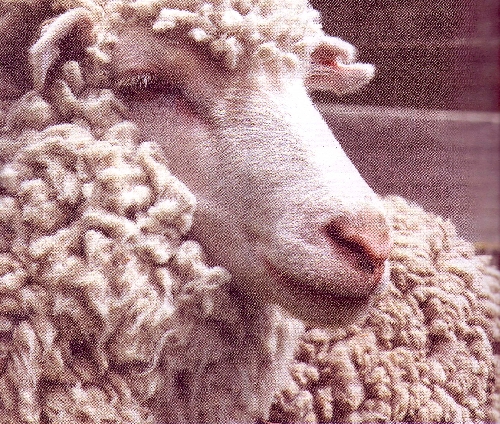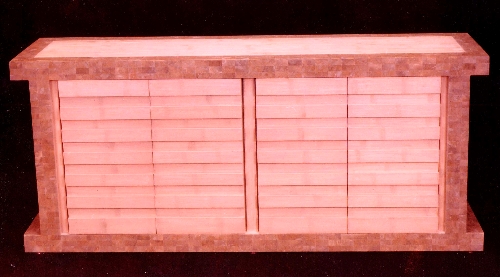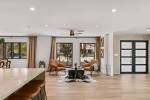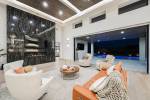Sustainable solutions safer, smarter for your family
A recent meteorological report announced that for the first time ever there was measurable snow on the ground in all 50 states at the same time including the mountain tops of Hawaii. This has never happened before in our recorded history. So what does it mean?
Is this phenomenon just an incredible coincidence of the right elements coming together at the right time? Or is it indicative of something much greater going on involving climate change and global warming as many scientists have been warning us for some time? Controversy over this topic continues to rage with no signs of abating. But no matter what side of this argument you may find yourself on, we can no longer look away from the importance of being good stewards of our environment so as to lessen the impact of our actions on Earth's diminishing natural resources and its ultimate effect on future generations.
With this in mind, I resolved to make a serious commitment to do whatever I could to further the "green" cause and help to keep planet Earth as safe and as climate balanced as I could in my own very small way by attaining accreditation in "Green Residential Design."
As a professional designer, without any coaxing at all, I've always tried to instinctively steer my clients toward choosing ecologically and environmentally friendly materials over those that might someday exhaust our resources and create problems for future generations. Sadly, often those choices have been limited due to availability of product(s) in the marketplace. I'm happy to say that this is no longer the case as more suppliers and consumers are embracing the concept of sustainability, a term which is, in itself, somewhat challenging to define.
Sustainability and/or eco-friendly seem to be the preferred terms now and are used interchangeably with green and can be described as "meeting the needs of the present without compromising the ability of future generations to meet their own needs." What a wonderful and noble concept and one that represents a significant opportunity to improve the impact of furnishings on our environment.
My course of study pointed out that sustainability covers all of the following: resource conservation, global warming, indoor air quality, toxic pollutants, overloaded landfills, health and wellness, social equality, local economy and extinction. It's fascinating to learn how all of these are interrelated and profoundly influence one another. However, the dictates of space limits my focus to air quality in the home and the available choices of materials in furnishings that can go a long way to helping that air quality and, in the end, our overall environment.
To begin with, pollution is actually two to five times higher indoors than outdoors and indoor air quality is absolutely influenced by numerous sources in furnishings, such as adhesives and wood and fabric finishes. Volatile organic compounds (referred to as VOCs) occur in paint finishes as well as glues, and since a green house is a safe house without toxins, it's vital to understand what types of materials are preferable for use in your home in order to foster the best possible air quality and/or the greatest use of sustainable materials.
The furnishings industry is the No. 3 user of wood behind building construction and paper manufacturing so it behooves us to use "certified wood" (wood that is licensed for sustainable practices) as well as wood from plantation grown species, such as teak, mango and rubberwood, which are all classified as "rapid renewables" or trees that grow to full maturity in 10 years or less.
Bamboo is another excellent material that has gained popularity in recent years with designers as well as consumers and is actually a grass that, given the right conditions, can grow as much as 1 foot per day. It not only regrows without planting, but soaks up a great deal of carbon from the atmosphere.
A simple rule of thumb would be to remember that anything that has a finish will release VOCs. So, the smart thing would be to use natural materials such as bee's wax, linseed oil or any water-based finish whenever possible, as well as paints with very low VOCs. Use natural down or natural latex foam instead of spun Dacron in your upholstery. Use certified organic wool and silk, linen, bamboo or hemp for upholstery fabric and nothing beats wool for carpets, with certain woods (such as bamboo) the best of all for flooring. Leather is fine if it's been vegetable tanned (no harsh chromium salts, please!) and water-based dyed from European- and American-raised hides.
Finally, make every attempt to use recycled products as reuse conserves materials, saves energy (the No. 1 source for carbon emissions) and reduces waste. A great finish to consider here is actually aluminum which is the fourth most abundant element on Earth and the most recyclable material.
It would seem that natural, whenever possible, is the way to go in furniture and design. The key principles being: conservation -- less is more; durability -- longer lasting is better, which reduces the life cycle impact; transport -- think globally but source locally; and ecology -- uses superior ingredients. No need to sacrifice the aesthetic -- simply reuse, reduce and recycle. Oh, and be sure to consult an accredited professional in green residential design.
Stephen Leon is a licensed interior designer and president of Soleil Design International; he has been designing and manufacturing custom furniture and cabinetry for more than 25 years. He has served on the board of directors of the Central California/Nevada Chapter of the American Society of Interior Designers and is a certified professional in green residential design. Questions can be sent to stephen@soleildesigninter
national.com.



